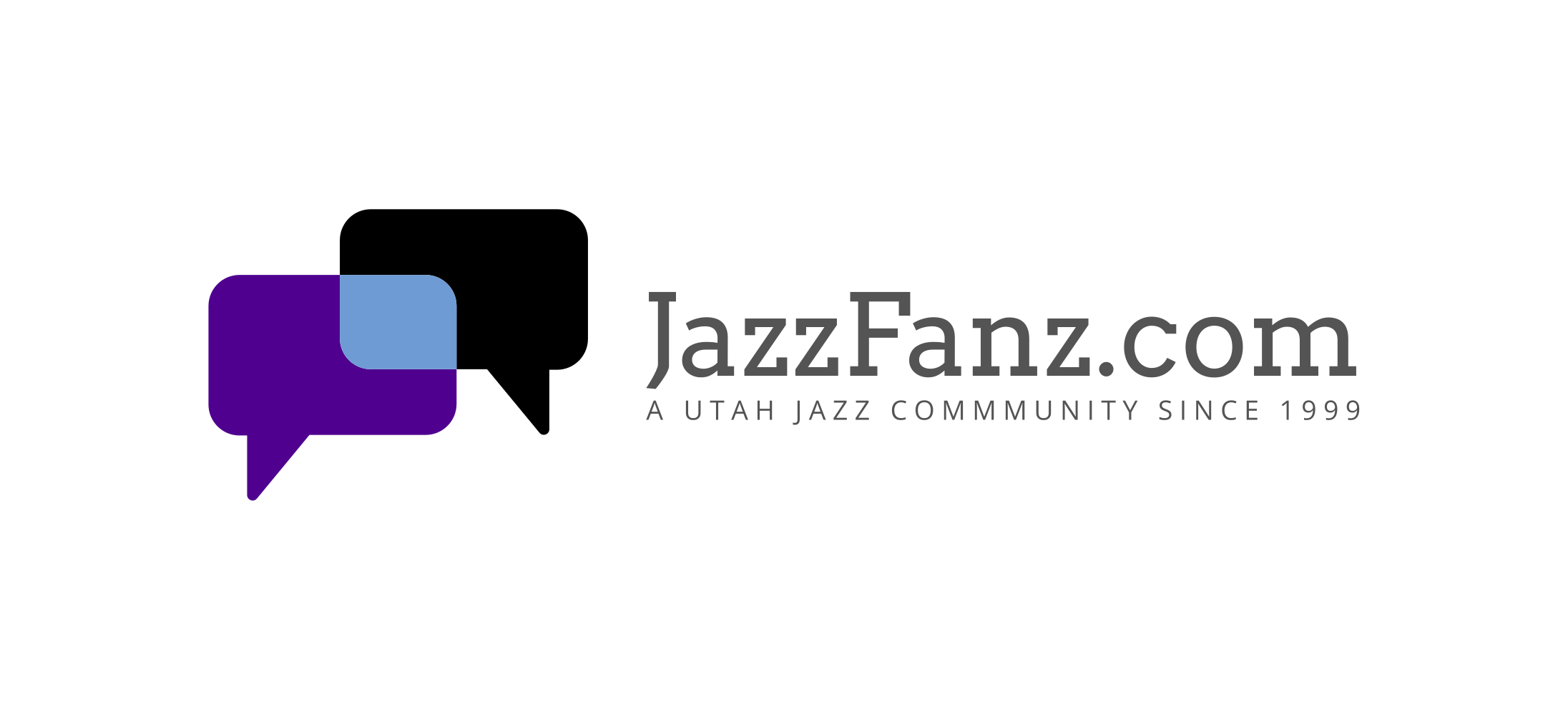As a small market team they will never get ahead trying to copy other team's models. My suggestion is to start playing this draft value disparity and trading picks down and taking gambles on multiple guys who fall way farther than their career trajectory is worth. We need to draft our Kawhi, more Gobert, our Bledsoe, our Rondo, our Jimmy Butler, and then maximize value from them when they become wanted commodities.
Take the Kanter draft for instance. There was 1 player in that draft that was a sure thing. Derrick Williams was taken ahead of Kanter for hell's sake. Trade that ****in pick and acquire assets.
Look at Danny Ainge's words today. He admittedly tried to waste assets to trade up but no bites because fans think draft day is all that matters and GM's cannot do their job because of it.
Plenty more examples. Bottom line is NBA draft picks are the most highly overrated asset in professional sports and the Utah Jazz should capitalize on this situation to bring in a **** ton of young prospects ON THE WING that might blow up in a year or two.
The Jazz are a team that traditionally has either been cheap or has tried to think inside the box or has taken the conservative route. The draft is there best chance at grabbing multiple WING players between 11 and 20 who MIGHT blow up.
Take the Kanter draft for instance. There was 1 player in that draft that was a sure thing. Derrick Williams was taken ahead of Kanter for hell's sake. Trade that ****in pick and acquire assets.
Look at Danny Ainge's words today. He admittedly tried to waste assets to trade up but no bites because fans think draft day is all that matters and GM's cannot do their job because of it.
Plenty more examples. Bottom line is NBA draft picks are the most highly overrated asset in professional sports and the Utah Jazz should capitalize on this situation to bring in a **** ton of young prospects ON THE WING that might blow up in a year or two.
The Jazz are a team that traditionally has either been cheap or has tried to think inside the box or has taken the conservative route. The draft is there best chance at grabbing multiple WING players between 11 and 20 who MIGHT blow up.
